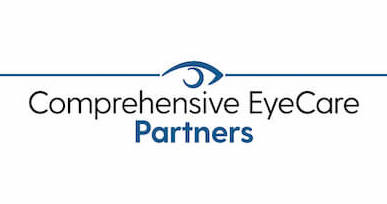
September is Healthy Aging Month, as recognized by the American Academy of Ophthalmology. There’s more than one component of healthy aging.
Your mental and physical health is, of course, the main area of focus. But a big part of your physical health is dependent on your vision.
There are several eye-related conditions that can come with age that you should be aware of at any age. The healthier you are now and the more aware you are of these conditions, the healthier you’ll be as you age. Keep reading to learn more about Healthy Aging Month!
Age-Related Eye Conditions
The most common age-related eye conditions are cataracts, glaucoma, and age-related macular degeneration (AMD). Cataracts especially are very common.
They are easily treatable with surgery. But glaucoma and AMD can cause damage to your eyes that can permanently damage your vision.
Glaucoma causes damage to your optic nerve. Any damage to the optic nerve is permanent and irreversible.
It’s a similar case for AMD, where cells on the center of your retina become damaged, causing loss of central vision. Another common condition for those with diabetes is diabetic retinopathy.
Diabetic retinopathy also causes damage to the retina that can lead to visual loss.
All these conditions can be serious, but you aren’t doomed to lose your vision as you get older. There are ways to mitigate your risk and prevent long-term damage even if you develop an age-related eye condition.
Lower Your Risk
While you can’t know for sure if you’ll develop an eye condition, you can lower your risk. The good news is, the best ways to lower your risk for eye conditions are also good ways to stay healthy in general. These include:
- Not smoking
- Drinking in moderation
- Eating a balanced diet
- Staying active
- Regularly wearing sunglasses
These may seem simple but they work! There’s a large correlation between many eye-related conditions and tobacco use, excessive alcohol consumption, obesity, and UV damage.
Healthy habits are not guaranteed to prevent age-related eye conditions. They can lower your chances of developing them or at least developing them earlier in life.
Manage Your Risk
Even if you develop an age-related eye condition, you can still have healthy eyes and vision. But it’s imperative to detect these conditions in their early stages.
Once the damage is done, it’s irreversible. AMD, glaucoma, and diabetic retinopathy don’t present symptoms until damage has already occurred.
This makes regular eye exams vital when it comes to early detection. This is why doctors recommend having more frequent eye exams the older you get.
But how often should you have your eyes examined? Your doctor can give you specifics based on your medical history. Everyone should have eye exams at least every two years once they turn 40 and at least once a year once they turn 50.
If your risk level is higher because you have diabetes or a family history of glaucoma, your doctor may recommend you have exams yearly before you turn 50.
When spotted early, AMD, glaucoma, and diabetic retinopathy can be effectively managed to slow down and prevent vision loss. These conditions aren’t curable.
With modern medical technology, they are entirely manageable. You need to be aware of your risk, lower it if you can, and have your eyes checked regularly.
Ready to see if your eyes are in good shape? Schedule an appointment at Shepherd Eye Center in Las Vegas, NV today!


